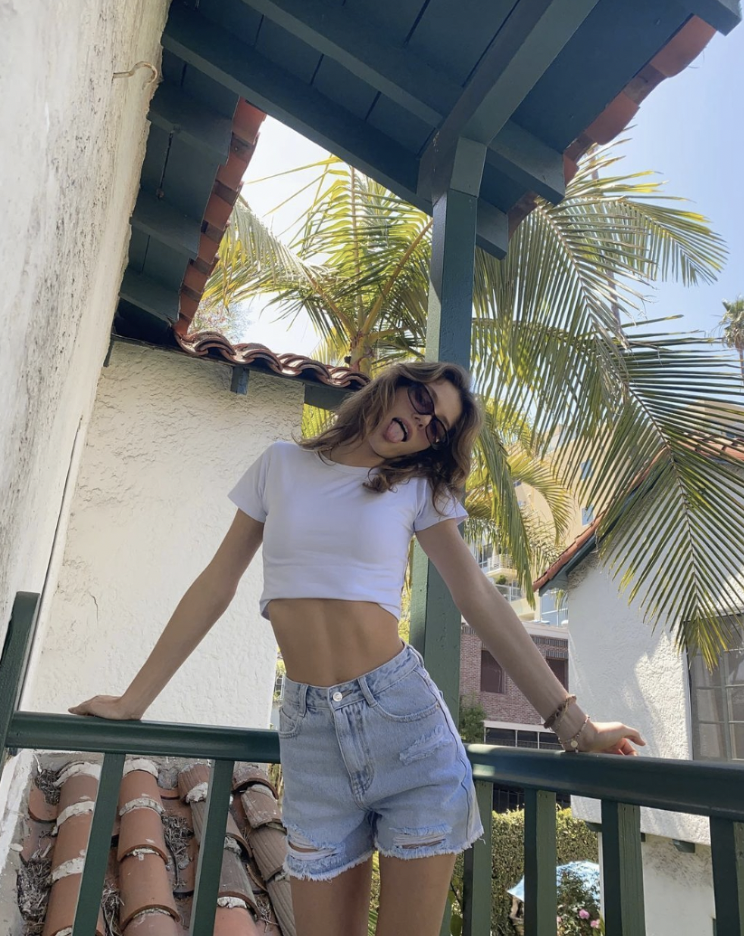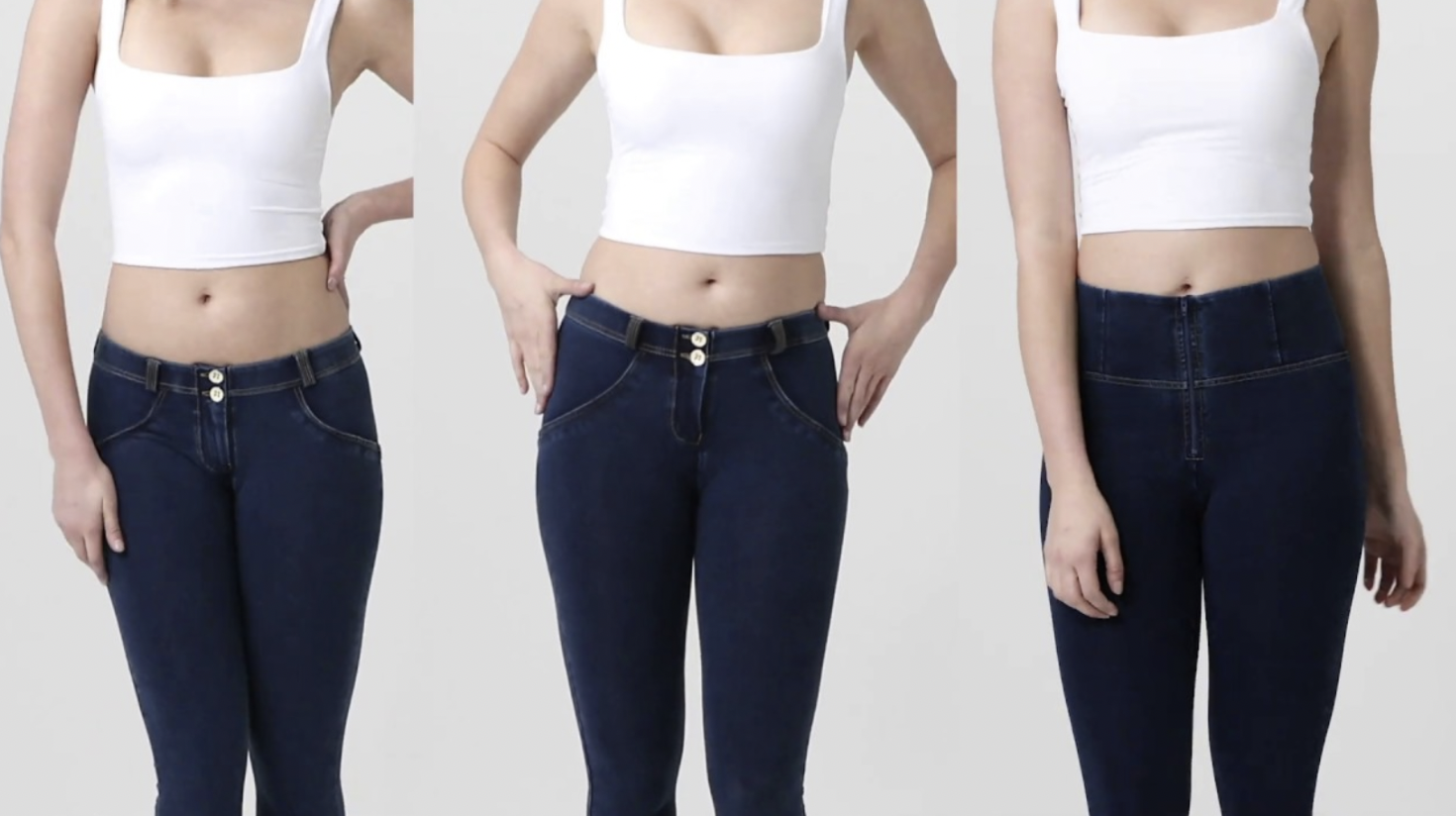Is It Fashion or Are They Just the Beauty Standard?
When you think of this generation’s fashion icon, who comes to mind?
To my surprise, one of the most popular answers to this question is none other than supermodel Kendall Jenner. Known for her “model-off-duty” look, people praise Kendall for her “practical” outfits. People find her style to be rather attainable, bridging the gap between a celebrity hotshot and the average consumer. The real question is, does Kendall’s outfit look good or is it just because she’s the beauty standard?
This isn’t a Kendall Jenner hate article (though it’s starting to sound like one). It’s a critique of how we view fashion on different body types and our positive fashion bias towards society’s current preference for a thin and slim figure. Countless models and influencers are praised for their outfits when the underlying compliment is for their bodies.
Courtesy of Rayne Fisher-Quann.
Back in 2020, this topic took social media by storm with TikTokers such as @senorapattinson and @sanrizzle making videos comparing celebrity outfits on their own bodies. The influencers’ point was clear: just because a person of today’s ideal body standard looks good in an outfit doesn’t mean the outfit itself looks good.
I found myself reflecting on how I perceived outfits on social media and realized I too was guilty of this phenomenon. Oftentimes, the first thing I notice when a fashion influencer posts an outfit is them, not the outfit itself. For example, pictured below is Oliva Rouyre, a YouTuber turned model and actor.
Courtesy of Pinterest.
Olivia gives off an effortless, girl-next-door vibe in this rather simple outfit. This picture racked thousands of likes on Instagram and probably went into countless “Style Inspo” Pinterest boards. However, when I dissect the outfit, I don’t think there’s much style happening here. It’s a white crop top and baggy shorts that may or may not be flattering on the average person. The difficult truth of the matter is this same outfit, pictured on a person a couple sizes up, would not get the same attention.
When this topic came to limelight in 2020, it garnered mixed reactions with some people feeling as though the criticism was putting people down for being “skinny.” I think the conversation around the topic and the verbiage used was not as inclusive as it could have been. Words like “skinny” and “fat” carry unspoken judgment in their nature.
The key point that got lost in this controversy is that we, as a society, value beauty standards immensely. And, the weight we place on those standards influences––consciously and subconsciously––of style. There are hundreds of influencers of a smaller build who have incredible fashion taste. Likewise, there are hundreds of influencers of bigger build who have equally as incredible fashion taste. Size does not equate to style, but our minds sometimes trick it to. This can cause us to overlook fashion on diverse bodies and preserve the fashion’s size-exclusive status quo.
Courtesy of FREDDY Australia and New Zealand.
Moreover, we play ourselves by subconsciously linking thin with stylish and attractive because we ignore the role body types play in how clothes look. We put minimal effort into dressing for our particular body types. Clothes that fit slimmer bodies better might be hailed as stylish and set trends that in reality do not flatter most people. For example, which rise of jeans looks best on us depends on our bodies’ proportions and frames. One of my favorite recent trends on TikTok is influencers showing how to dress for a certain body type. This TikTok shows outfits for girls with a slimmer build, but thicker legs. Body types are so much more complex than “skinny” or “big” and it takes time to figure out what silhouettes are most flattering. Automatically praising a look because it looks good on a slimmer person ignores the diversity and creativity that make fashion exciting.
When we look at celebrities and influencers, we should give credit where credit is due. Kendall Jenner has had some incredible fashion moments––though we should keep in mind she has an entire styling team behind her. So does Olivia Rouyre, she’s an influencer for a reason.
The point is, that it is our duty to detect implicit bias when it comes to fashion. Then only can we make fashion a little more inclusive and a little less complacent in furthering “skinny privilege.”
Featured image courtesy of Grazia.



